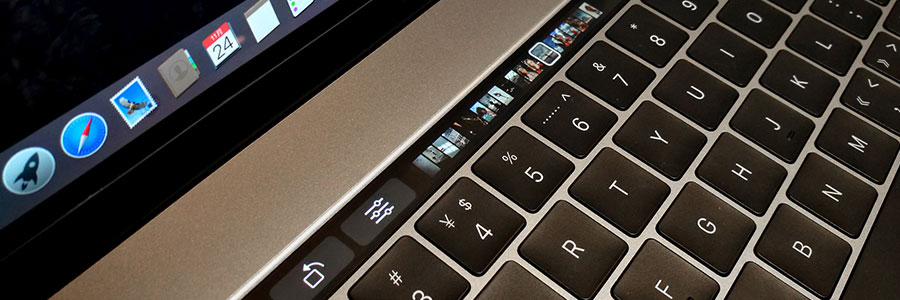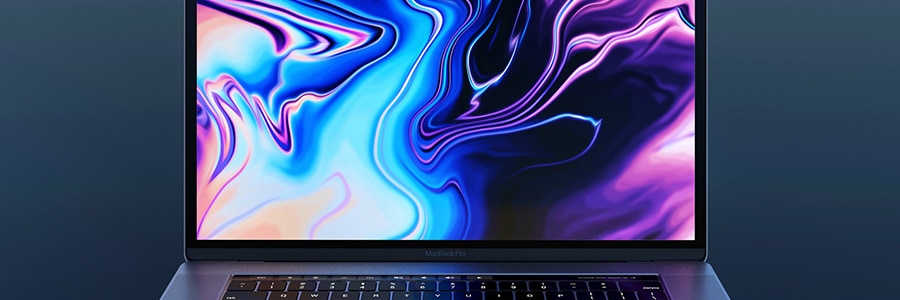While Mac systems are often praised for their robust security measures, they are not immune to attacks. This is why businesses that use Macs need to understand how to effectively respond to Mac malware to safeguard their valuable data and assets. In this article, we'll explore proactive steps and best practices for mitigating and responding to Mac malware attacks.
Shielding your Mac: Tactics against malicious software
PC to Mac migration made simple: A guide to using Windows Migration Assistant
Back up your Mac files using Time Machine

If you're using a Mac and looking at options for a backup system, we suggest Time Machine, Macs' built-in backup solution. With Time Machine, you can keep your Mac functioning after a crash, retrieve mistakenly deleted files, and even explore previous versions of your documents — as if you're traveling back in time.
Beware: Macs aren’t immune to malware
Use Windows Migration Assistant to import data from Windows to Mac

There are several ways to transfer data from a Windows PC to a Mac. You could save your files to an external hard drive, share them over your network, or sync them up to the cloud. There’s also Windows Migration Assistant, a special utility that Apple created to easily and seamlessly import data from Windows to Mac.
Are Macs immune to malware?
Think twice about selling or donating a Mac

Today’s computer users often forget or are unaware of how much sensitive information their devices store. The ability to save passwords, credit card numbers, and personal messages is undeniably convenient, but it’s also a huge liability. If you’re thinking about getting rid of your Mac, make sure to follow these steps first.
Is it time to replace your Mac?
Setting up your brand-new MacBook
5 Tips to speed up your Mac

So you’re trying to finish an urgent task, but your Mac isn’t performing as fast as you need it to. What can you do? Knowing why your machine is slowing down is key to returning it to its former speed. We have prepared five common reasons Macs become sluggish and what you can do to resolve the problem.






